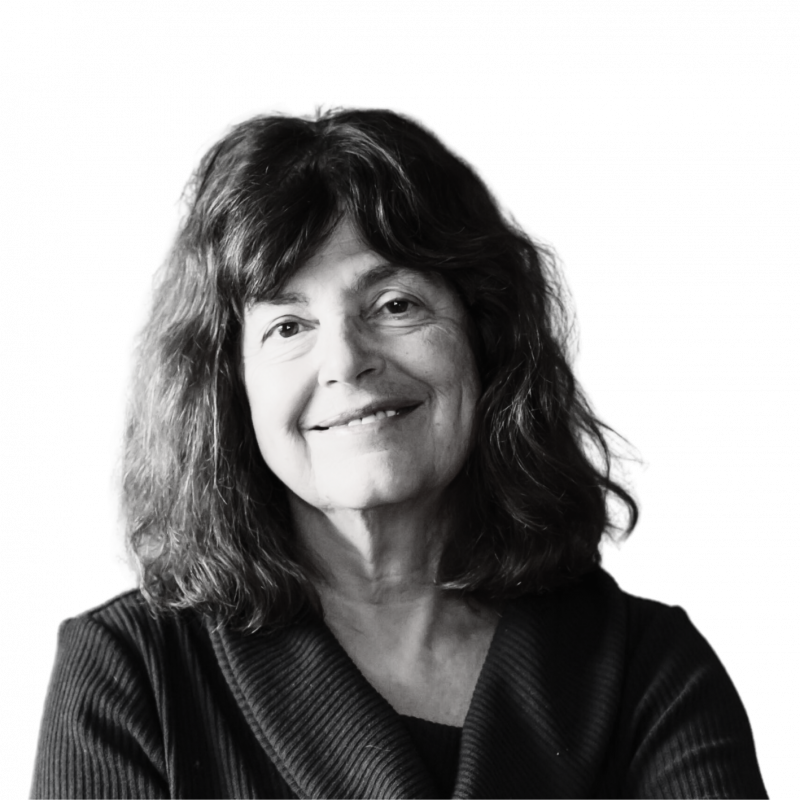Everyone has their own explanation for the 1989 revolutions. It was the economic failure of centrally planned economies. It was Gorbachev. It was Reagan’s decision to introduce a new generation of nuclear weapons. All of these explanations, no doubt, had something to do with what happened, although I am less persuaded by the Reagan argument. But the most important explanation is transnational activism. It was popular pressure across Europe, including the West European peace movement and the East European human rights movement, that resulted in the 1989 revolutions.
History tends to be written from above and the role of transnational activism is often neglected. The role of the West European peace movement is almost never included in accounts of the 1989 revolutions. I was active in European Nuclear Disarmament (END) along with E.P. Thompson, Robin Cook and others. We saw ourselves as an anti-Cold War movement and not just an anti-nuclear movement. We wanted to end the division of Europe. When we issued the END Appeal in 1980, we explicitly made a link between disarmament and democracy and between peace and human rights and we called for a transcontinental movement of citizens.

The West European peace movements and the 1989 revolutions
There are two main ways in which the West European peace movements contributed to the 1989 revolutions. First of all, it was peace movement pressure that led to the Intermediate -range Nuclear Forces Treaty (INF) in 1987. The West European peace movements had sprung up in response to the American decision to deploy cruise and Pershing missiles in five countries across Western Europe. The theory was that Europeans would feel ‘reassured’ by their presence, which was supposed to demonstrate the American willingness to come to the defence of Western Europe in the event of a Soviet attack. Because the weapons were based in Europe and not the US and because they were more ‘useable’, the theory went, their use might not invite retaliation against US territory and therefore, I kid you not, the Americans would be more willing to use them thereby strengthening the credibility of nuclear deterrence.
The reaction in Western Europe was, of course, the opposite – a genuine fear that these missiles would make nuclear war more likely. Millions demonstrated across Western Europe. Peace camps were set up at the proposed missile sites, of which the most famous was Greenham Common. END called for a European nuclear free zone from Poland to Portugal and the elimination of all intermediate range nuclear weapons -cruise and Pershing missiles and also the Soviet SS-20 missiles.
In response, the Reagan Administration proposed the so-called zero option – the elimination of all intermediate range nuclear weapons. ‘We got the idea from your banners’ I was told by Reagan’s nuclear advisor Richard Burt. The Americans assumed that the Soviet Union would never accept their proposal because they possessed, in numerical terms, many more SS 20s than the proposed cruise and Pershing missiles. However, Gorbachev explicitly accepted the peace movement argument that it is not necessary to have the capability to destroy the world several times over in order to deter a war. He adopted the concept of ‘reasonable sufficiency’ that allowed him to make the breakthrough of accepting the zero option and signing the Intermediate Nuclear Forces Treaty (the zero option) in 1987. The Treaty paved the way for the strategic disarmament talks and ushered in a new era of détente that made it very difficult for the Soviet Union to crack down on Eastern Europe as it had done in previous revolutions such as Hungary in 1956 or Czechoslovakia in 1968.
‘Détente from below’ and the dialogue with Eastern European human rights groups
Secondly, parts of the West European movement, including END, the Inter-Church Peace Council (IKV) in the Netherlands, the Greens in West Germany and the Italian peace movement initiated a dialogue with East European human rights groups, described as ‘détente from below’ or ‘citizens detente’. This was the period of emerging opposition groups in East-Central Europe, often a consequence of the Helsinki Agreement of 1975, the outcome of the Conference on Security and Co-operation in Europe, in which East European governments signed up to what were at the time paper commitments to human rights in exchange for Western commitments to the territorial status quo in Europe and for economic and social co-operation across the Cold War divide. These new groups included Charta 77 in Czechoslovakia, Solidarity in Poland, Swords into Ploughshares, a peace movement that sprung up under the auspices of the East German churches, and the Hungarian democratic opposition.



